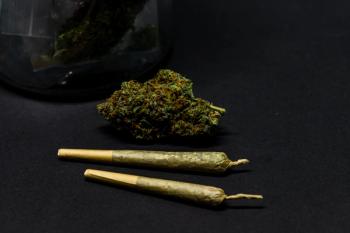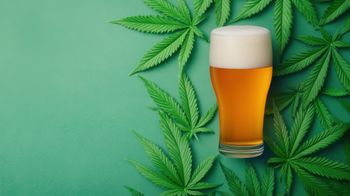
Protecting Consumers: Enhancing CBD Product Safety Through Proactive Standards and Regulations
At the Cannabis Science Conference Spring 2024, toxicologist Cristelle Santos provided a deep dive into the need for better cannabis product safety standards.
As the first presentation in the Compliance Track on Day 2 of the Cannabis Science Conference, Cristelle Santos, a toxicologist with the Broughton Group, presented, “Product Safety Standards for CBD Products.” In this 20-minute presentation, Santos, who has experience covering regulatory frameworks across the world, sought to explain how the cannabis industry can learn from the examples of the tobacco industry and avoid the costly mistakes it confronted. Ultimately, she argued, because of the uniqueness of the industry and products, the cannabis industry needs to protect consumers by doing more than meeting the bare minimum of regulations and standards. Santos noted that toxicologists could offer a unique perspective in this endeavor: “There are many things that we toxicologists have to take into consideration that are not part of the typical standard and regulation aspects to comply with.”
The presentation was split into four parts:
- Santos’s observations during her time in the cannabis industry.
- Potential safety issues that the products can present.
- The four main regulatory frameworks for CBD products and their differences.
- The framework Santos developed for oral products and inhalation products.
Santos noted the challenges posed by the many potential and sometimes unique risks to consumers that are inherent in the industry—such as the use of a new solvent, the amount of added terpenes, and the presence of additional cannabinoids or compounds—which may not have pre-established limits or methods of measurement.
She also discussed differences between frameworks and markets arounds the globe. In particular, she highlighted the European Union (EU) novel foods applications, statements from the FDA about CBD product regulations, how a cannabis product in Canada can be simultaneously medical or recreational, and Australia’s approval of low-dose cannabis products using clinical data.
To close out her presentation, Santos discussed how she as a toxicologist would approach oral products containing CBD. The approach was split into three “buckets”: ingredients, raw materials, and final product. At the ingredient level, she would research the immediate risks, adverse effects, regulatory limits, and maximum supported daily level. In examining the raw materials, check the standard areas such as purity testing, potency, heavy metals, pesticides, solvents, microbiology, and supplier qualification. For the final product, certification and risk assessments on the packaging and other materials the product comes in contact with should be checked, along with the product stability over time. She also noted several points about polytetrafluoroethylene (PTFE) in the nicotine and cannabis industries and cautioned people to look closely at the suppliers of vaping devices in order to not repeat the same mistakes the nicotine industry made with products that could leach harmful materials.
As a final piece of advice for regulators, Santos asked, “if we are looking into the revising the data available today, please don't wait until five years’ time or 10 years to look again at that data set. Because right now the cannabis industry is publishing a lot of data. Every year we will start to see more data…let's try to pay attention of the of the good quality data that is being generated.” In being proactive with regulations, the industry will ensure it is able to adapt and contribute to the constantly evolving landscape.
Newsletter
Unlock the latest breakthroughs in cannabis science—subscribe now to get expert insights, research, and industry updates delivered to your inbox.





